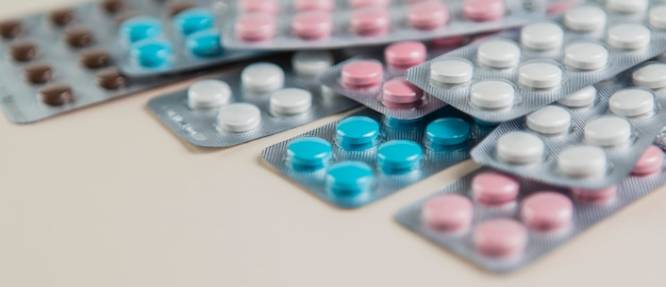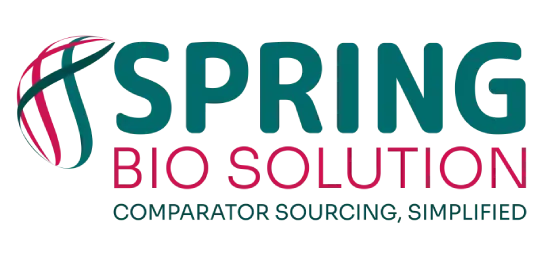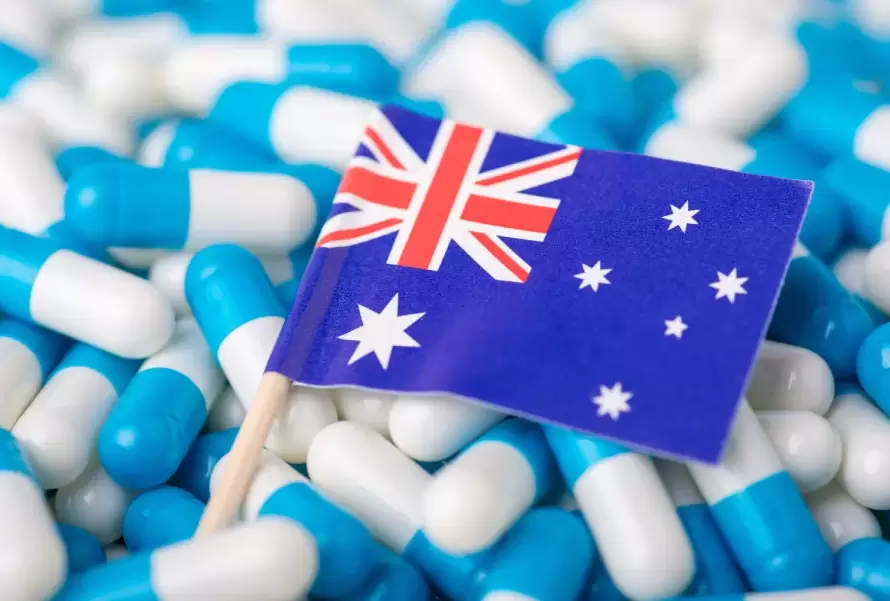A tablet is a compressed solid dosage form that contains medicinal substances, with or without excipients. According to the Indian Pharmacopoeia, pharmaceutical tablets are solid, flat, or biconvex units created by compressing drugs or a mixture of drugs, with or without diluents. These tablets come in various shapes, sizes, and weights, which depend on the quantity of active ingredients and the intended method of administration. Tablets are the most popular dosage form, accounting for 70% of all dispensed medicines. Nearly all medications are available in tablet form, except in cases where formulation or administration is challenging. We will review the various types of tablets intended for oral use.
Different types of tablets are as follows:
- Tablets ingested orally:
- Compressed tablet
- Delayed release tablet
- Sugar coated tablet
- Film coated tablet
- Chewable tablet
- Double layered tablet
- Tablets used in oral cavity:
- Buccal tablet
- Sublingual tablet
- Tablets used to prepare solution:
- Effervescent tablet
Tablet triturates

Tablet Ingredients:
In addition to active ingredients, tablet contains several inert materials known as additives or excipients. Different excipients are:
- Diluent- Diluents are fillers added to tablets to achieve the necessary bulk when the drug dosage alone is insufficient. They also enhance tablet properties by improving cohesion, enabling direct compression manufacturing, and promoting flow.
- Binder and adhesive- These materials are added either in dry or wet form to create granules or cohesive compacts suitable for direct compression into tablets.
- Disintegrants- Disintegrants are crucial for improving the dissolution and bioavailability of active pharmaceutical ingredients (APIs). These excipients promote the disintegration and quick breakdown of tablets, thereby enhancing their absorption rate in the body.
- Lubricants and glidants-Lubricants are used to prevent tablet materials from adhering to the surfaces of dies and punches, reduce interparticle friction, and potentially enhance the flow rate of tablet granulation.
- Coloring agents- The use of colors and dyes in tablets serves three purposes:
- masking the color of off-colored drugs
- product identification, and
- creating a more elegant product
All coloring agents must be approved and certified by the FDA. Two types of dyes are used in tablet preparation: FD&C and D&C dyes. These dyes are applied either as solutions in the granulating agent or in their lake form. Lakes are dyes absorbed on a hydrated oxide and used as dry powder colorants.
- Flavoring agents- Flavor oils are used in chewable tablets.
- Sweetening agents- Sugar, mannitol, saccharine (artificial) are used in chewable tablets.
The advantages of the tablet dosage form are:
- They provide unit dosage and offer the highest dose precision and minimal content variability among all oral dosage forms.
- Tablets have the lowest cost of all oral dosage forms.
- They are lightweight and compact. They are easy to store and carry.
- Packaging and stripping tablets are the easiest and cheapest.
- Tablets are easy to swallow with minimal risk of getting stuck.
- Sustained-release products can be achieved through enteric coating.
- Unpleasant odors and bitter tastes can be masked using coating techniques.
- Tablets are suitable for large-scale production.
- They offer the greatest chemical and microbial stability compared to other oral dosage forms.
- Product identification is easy and quick, requiring no additional steps when using an embossed face.
- Long shelf life: Tablets are generally more stable and have a longer shelf life compared to capsules.
- Chewable: Certain tablets are designed to be chewed, making them easier to ingest.
- Lower to Higher doses: Tablets can be manufactured from the lowest to the highest dose of medication; this helps in customizing the treatment for the patient based on the therapeutic response and treatment tolerance for the patient.
- Various delivery options: Tablets are available in delayed release (DR), extended release (ER), and immediate release (IR) formulations.
In conclusion, tablets offer a versatile and reliable dosage form and one of the most popular dosage forms. Their long shelf life, potential for higher doses, and availability in various release formulations make them a preferred choice for many medications. Additionally, the option for chewable tablets enhances ease of use, catering to different patients’ needs.


